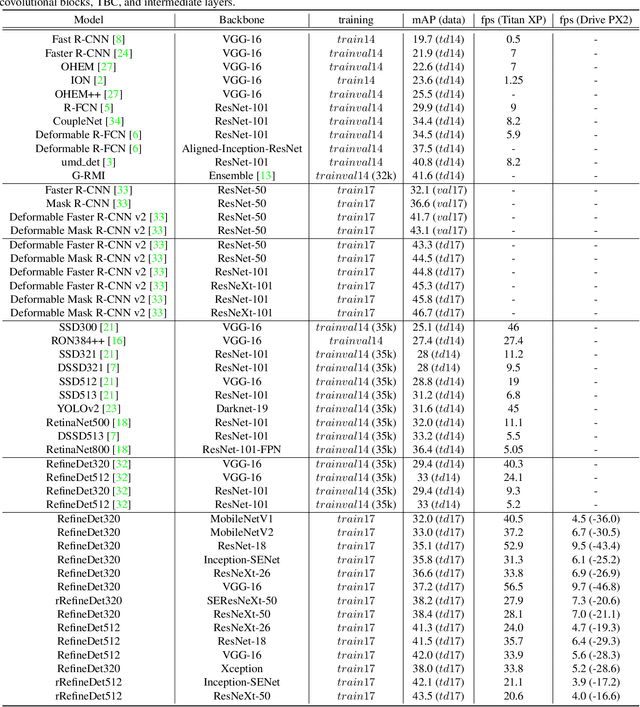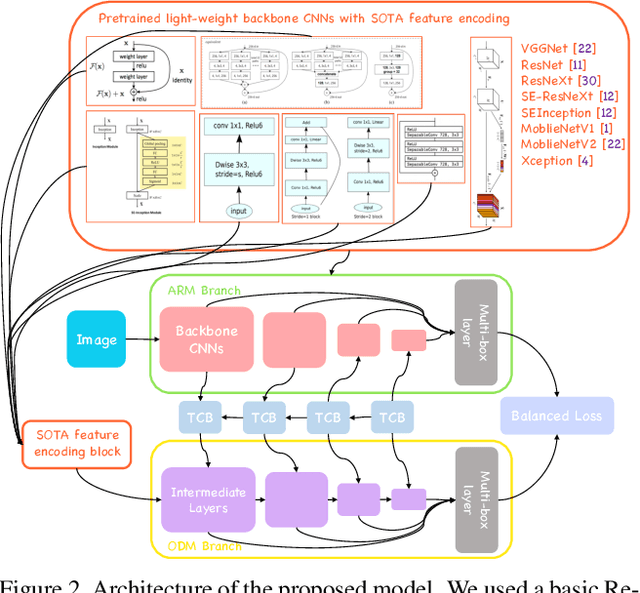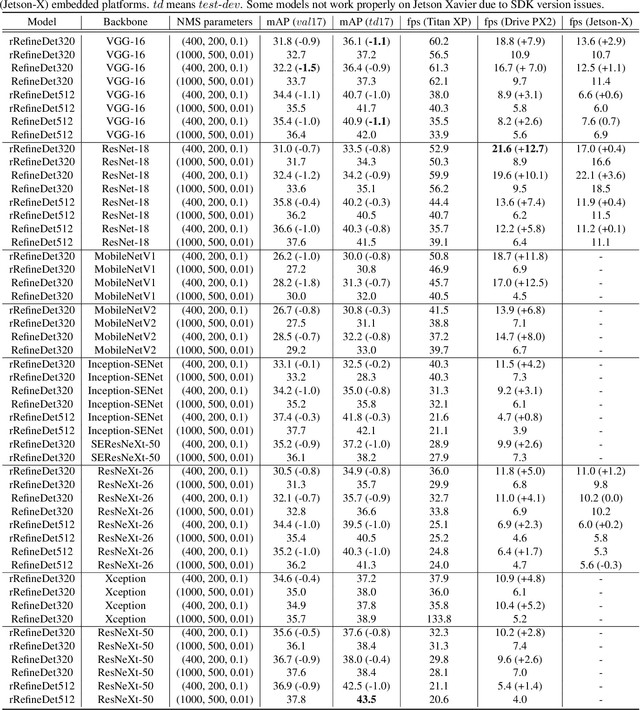Jaehyung Park
A GNN-based Spectral Filtering Mechanism for Imbalance Classification in Network Digital Twin
Feb 17, 2025Abstract:Graph Neural Networks are gaining attention in Fifth-Generation (5G) core network digital twins, which are data-driven complex systems with numerous components. Analyzing these data can be challenging due to rare failure types, leading to imbalanced classification in multiclass settings. Digital twins of 5G networks increasingly employ graph classification as the main method for identifying failure types. However, the skewed distribution of failure occurrences is a major class imbalance issue that prevents effective graph data mining. Previous studies have not sufficiently tackled this complex problem. In this paper, we propose Class-Fourier Graph Neural Network (CF-GNN) introduces a class-oriented spectral filtering mechanism that ensures precise classification by estimating a unique spectral filter for each class. We employ eigenvalue and eigenvector spectral filtering to capture and adapt to variations in the minority classes, ensuring accurate class-specific feature discrimination, and adept at graph representation learning for complex local structures among neighbors in an end-to-end setting. Extensive experiments have demonstrated that the proposed CF-GNN could help with both the creation of new techniques for enhancing classifiers and the investigation of the characteristics of the multi-class imbalanced data in a network digital twin system.
Fast and Accurate Convolutional Object Detectors for Real-time Embedded Platforms
Sep 24, 2019



Abstract:With the improvements in the object detection networks, several variations of object detection networks have been achieved impressive performance. However, the performance evaluation of most models has focused on detection accuracy, and the performance verification is mostly based on high-end GPU hardwares. In this paper, we propose real-time object detectors that guarantees balanced performance for real-time system on embedded platforms. The proposed model utilizes the basic head structure of the RefineDet model, which is a variant of the single shot object detector (SSD). In order to ensure real-time performance, CNN models with relatively shallow layers or fewer parameters have been used as the backbone structure. In addition to the basic VGGNet and ResNet structures, various backbone structures such as MobileNet, Xception, ResNeXt, Inception-SENet, and SE-ResNeXt have been used for this purpose. Successful training of object detection networks was achieved through an appropriate combination of intermediate layers. The accuracy of the proposed detector was estimated by the evaluation of MS-COCO 2017 object detection dataset and the inference speed on the NVIDIA Drive PX2 and Jetson Xaviers boards were tested to verify real-time performance in the embedded systems. The experiments show that the proposed models ensure balanced performance in terms of accuracy and inference speed in the embedded system environments. In addition, unlike the high-end GPUs, the use of embedded GPUs involves several additional concerns for efficient inference, which have been identified in this work. The codes and models are publicly available on the web (link).
 Add to Chrome
Add to Chrome Add to Firefox
Add to Firefox Add to Edge
Add to Edge